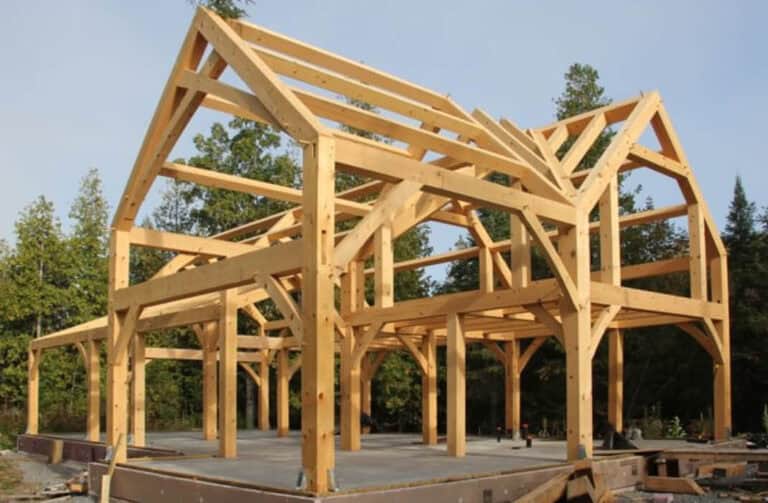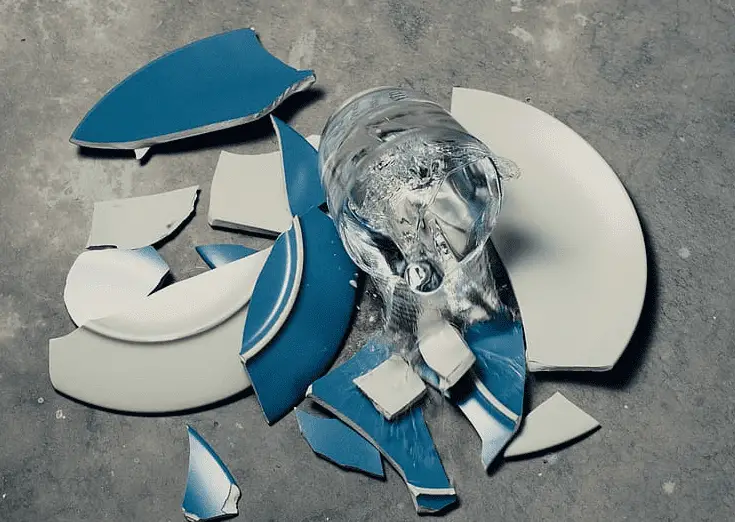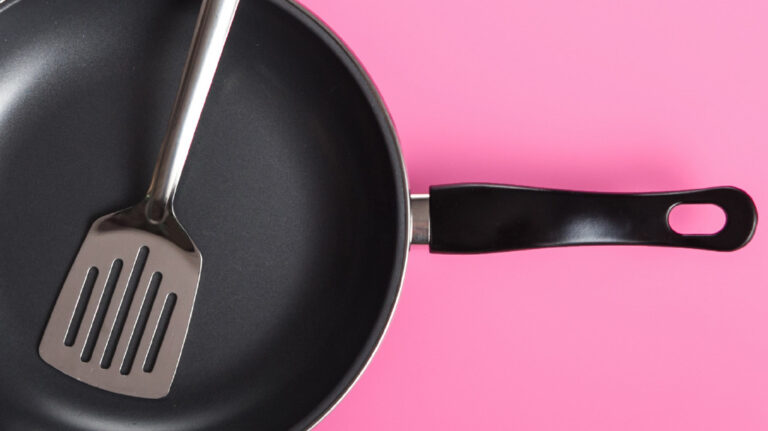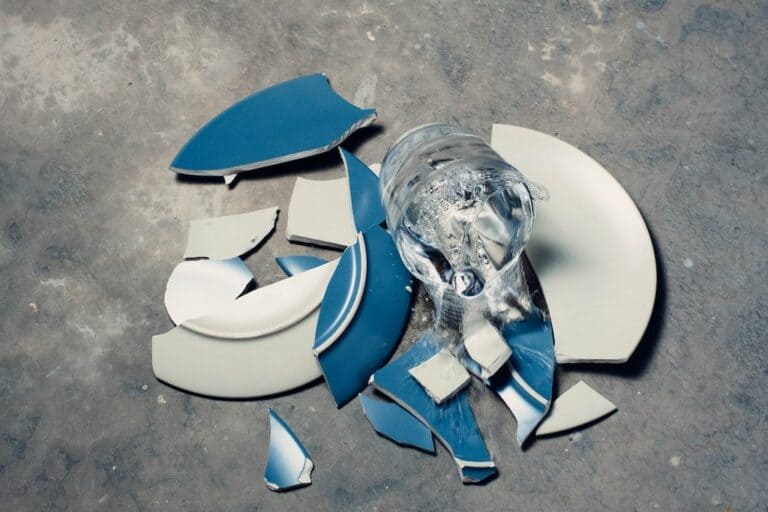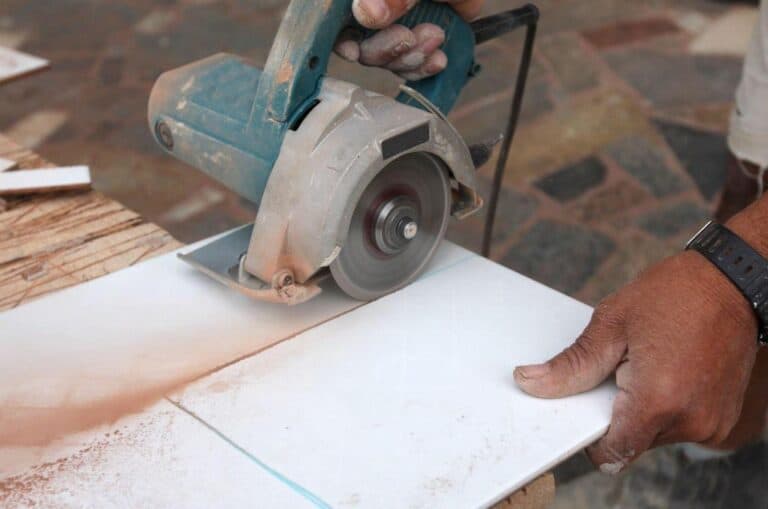Can You Use Ash Glazes in an Electric Kiln? Advantages and Disadvantages
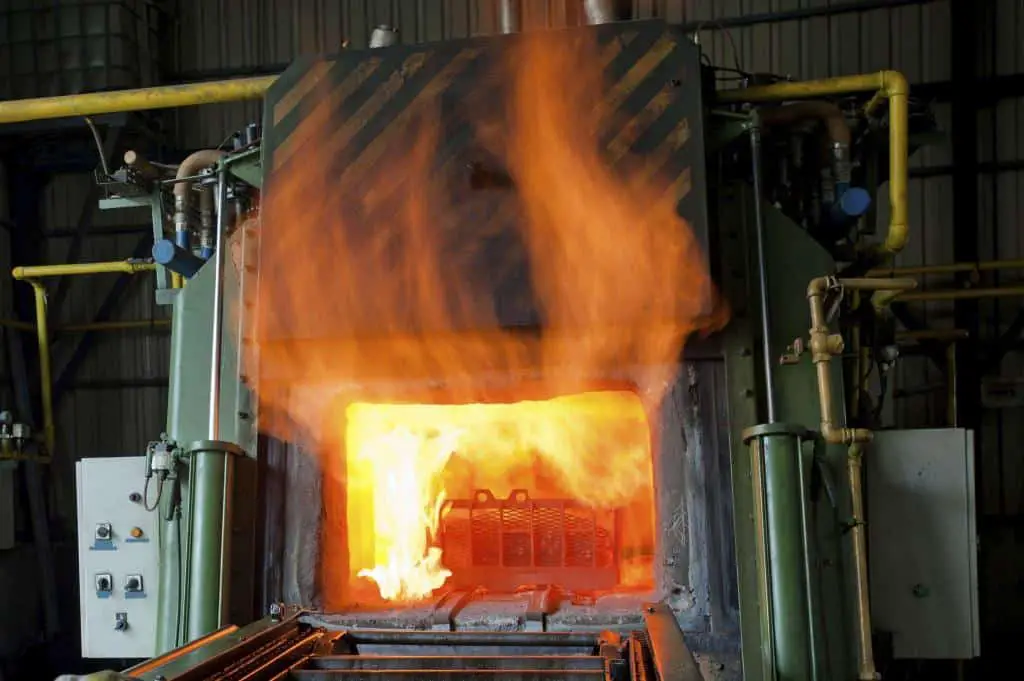
When it comes to pottery, glazing is an essential part of the process. Glazes provide decoration, protection, and other functional properties to ceramic objects. Ash glazes are a popular choice for many potters due to their unique aesthetic and the opportunity to repurpose waste.
However, the question remains: can you use ash glazes in an electric kiln? In this article, we will explore whether it is possible to use ash glazes in an electric kiln, as well as some tips and techniques for achieving the best results.
What are Ash Glazes?
Ash glazes are a type of ceramic glaze that has been used for centuries. They are made from wood ash, which is a waste product that is created when wood is burned.
The ash is mixed with water and other materials to create a glaze that can be applied to pottery before firing. Ash glazes have a unique character and can produce a range of colors and textures that are difficult to achieve with other types of glazes.
The color and texture of ash glazes depend on the type of wood that was burned to create the ash. For example, ash from oak or maple trees will produce a different color than ash from pine or birch trees. The minerals and chemicals that are present in the wood also affect the final color and texture of the glaze.
One of the benefits of using ash glazes is that they are an environmentally friendly way to repurpose waste. Instead of throwing away wood ash, it can be collected and used to create beautiful pottery. This is especially important in areas where wood is a primary source of heat and energy.
The application of ash glazes can be unpredictable, and the final results can be difficult to control. This is because the glaze contains a mixture of minerals and chemicals that react differently to the firing process. However, this unpredictability is also what makes ash glazes so unique and desirable.
To apply ash glazes, the glaze mixture is typically brushed onto the pottery before firing. The glaze can also be sprayed or poured onto the pottery, depending on the desired effect. Once the glaze has been applied, the pottery is fired in a kiln to a high temperature to create the final product.
In recent years, there has been a resurgence of interest in ash glazes among potters and ceramic artists. This is partly due to the unique effects that can be achieved with ash glazes, but also because of the increased focus on sustainability and using environmentally friendly materials.
Can You Use Ash Glazes in an Electric Kiln?
The short answer is yes; you can use ash glazes in an electric kiln. However, there are some important considerations to keep in mind before attempting to do so.
Firstly, it’s important to note that ash glazes are traditionally fired in wood-burning kilns. This is because the ash glaze reacts with the carbon dioxide and other chemicals that are released during the wood burning process, creating the unique effects that are associated with ash glazes.
In an electric kiln, these reactions don’t occur in the same way. However, there are still ways to create similar effects by using materials that mimic the effects of wood ash.
One way to do this is to create a glaze using materials that are high in silica and alumina. These materials can help create a texture similar to that of ash glazes. Some potters also add small amounts of wood ash to their glazes to create a similar effect.
Another option is to use commercial glazes that are designed to mimic the effects of ash glazes. These glazes are specifically formulated to create a similar texture and color to traditional ash glazes, but can be fired in an electric kiln.
Take note that using ash glazes in an electric kiln may require some experimentation to achieve the desired results. The temperature, duration, and firing schedule can all have an impact on the final outcome of the glaze.
Factors to Consider When Using Ash Glazes in an Electric Kiln
While it is possible to use ash glazes in an electric kiln, there are several factors to consider in order to achieve the desired results. One of the main challenges is achieving the right temperature range for the ash glaze to melt and form a proper glaze.
In a wood-burning kiln, the ash glaze melts at a relatively low temperature, typically around 1,100 to 1,200 degrees Fahrenheit. However, electric kilns tend to have a more gradual temperature increase and can take longer to reach these lower temperatures. As a result, it may be necessary to adjust the firing schedule or use a special ramping program to achieve the desired temperature range.
Another factor to consider is the type of ash being used. Different types of ash can have varying levels of fluxing agents, which affect how the glaze melts and flows. For example, hardwood ash tends to be more fluxing than softwood ash, which can result in a more fluid and glossy glaze. By contrast, softwood ash may produce a more matte or textured glaze.
How to Prepare Ash Glazes for Use in an Electric Kiln
Before using ash glazes in an electric kiln, it is important to properly prepare the glaze mixture. This involves carefully measuring out the ingredients and thoroughly mixing them together.
One popular recipe for ash glaze involves mixing together the following ingredients:
- 50% feldspar
- 25% kaolin
- 25% wood ash
To make the glaze, first mix together the feldspar and kaolin in a dry state. Then, add the wood ash and mix thoroughly. Finally, add enough water to achieve the desired consistency.
Once the glaze is mixed, it is important to sieve it through a fine mesh to remove any impurities or large particles. This will help ensure a smooth and consistent application.
Techniques for Applying Ash Glazes in an Electric Kiln
When applying ash glazes to your ceramic pieces, there are several techniques to consider. One popular method is to dip the piece directly into the glaze mixture. This allows for a thick and even application, but can also result in a lot of drips and runs.
Another technique is to brush the glaze onto the piece. This allows for more control over the application and can result in a more varied texture and surface. However, it can also be more time-consuming and may require multiple coats to achieve the desired thickness.
Finally, you can also spray the glaze onto the piece using a spray gun or airbrush. This method provides a very fine and even application, but requires some specialized equipment and can be more difficult to control.
No matter which application method you choose, it is important to make sure the piece is completely dry before firing. This will help prevent any cracking or bubbling in the glaze during firing.
Best Practices for Firing Ash Glazes in an Electric Kiln
When firing ash glazes in an electric kiln, there are several best practices to keep in mind.
- Carefully follow the firing schedule and temperature range recommended by the glaze manufacturer. This will help ensure the glaze melts properly and achieves the desired texture and surface.
- Additionally, it can be helpful to place the glazed piece on a kiln shelf or stilts to prevent it from sticking to the kiln shelf during firing. This will also help ensure a more even heating and prevent any uneven texture or bubbling in the glaze.
- Finally, it is important to carefully monitor the kiln during firing to make sure the temperature stays within the desired range. This may require adjusting the firing schedule or manually controlling the temperature.
Advantages and Disadvantages of Using Ash Glazes in an Electric Kiln
There are several advantages and disadvantages to using ash glazes in an electric kiln. One of the main advantages is the convenience and accessibility of using an electric kiln. This allows more ceramic artists to experiment with ash glazes without having to invest in a wood-burning kiln or find access to one.
Additionally, electric kilns offer greater precision and control over the firing schedule and temperature range, which can help achieve more consistent and predictable results.
However, one disadvantage of using ash glazes in an electric kiln is the potential difficulty in achieving the right temperature range for the glaze to melt properly. This may require additional time and experimentation to achieve the desired texture and surface.
Examples of Ash Glaze Recipes for Electric Kilns
If you are interested in experimenting with ash glazes in an electric kiln, here are a few popular recipes to try:
Recipe 1:
- 50% feldspar
- 25% kaolin
- 25% wood ash (from hardwood)
Recipe 2:
- 50% silica
- 20% feldspar
- 20% kaolin
- 10% wood ash (from softwood)
Recipe 3:
- 70% feldspar
- 10% ball clay
- 10% kaolin
- 10% wood ash (from mixed hardwoods)
These recipes can be adjusted based on your personal preferences and the type of wood ash composition you have available.
Tips for Troubleshooting Common Issues When Using Ash Glazes in an Electric Kiln
If you encounter any issues when using ash glazes in an electric kiln, here are a few tips for troubleshooting:
- If the glaze appears bubbly or cracked, it may be due to the temperature being too high or the kiln firing too quickly. Adjust the firing schedule or temperature range as needed.
- If the glaze appears too thin or drippy, it may be due to too much water in the glaze mixture. Adjust the consistency by adding more glaze ingredients.
- If the glaze appears uneven or blotchy, it may be due to an uneven application or a problem with the firing schedule. Try applying the glaze more evenly or adjusting the firing schedule.
By following these tips and techniques, you can achieve beautiful and unique results when using ash glazes in an electric kiln.
FAQs on Using Ash Glazes in an Electric Kiln
Are ash glazes safe to use in an electric kiln?
Yes, ash glazes are safe to use in an electric kiln as long as the kiln is well-ventilated and cleaned thoroughly after firing.
Do I need to use a different firing schedule for ash glazes?
Yes, it’s best to use a slow firing schedule for ash glazes to allow the ash to melt gradually and create unique effects.
Can I use any type of wood ash for ash glazes?
Yes, you can use any type of wood ash property for ash glazes. The type of wood used will affect the color and texture of the glaze.
How do I clean my electric kiln after firing ash glazes?
It’s important to clean your electric kiln thoroughly after firing ash glazes to prevent any leftover ash from contaminating future firings. Use a soft-bristled brush and a vacuum to remove any loose ash, and wipe down the kiln with a damp cloth.
Are there any safety precautions I should take when firing ash glazes in an electric kiln?
Yes, it’s important to make sure that the kiln is well-ventilated to prevent any harmful fumes from the ash. Wear a mask and gloves when handling the ash glaze, and make sure to follow all safety guidelines provided by the kiln manufacturer.

